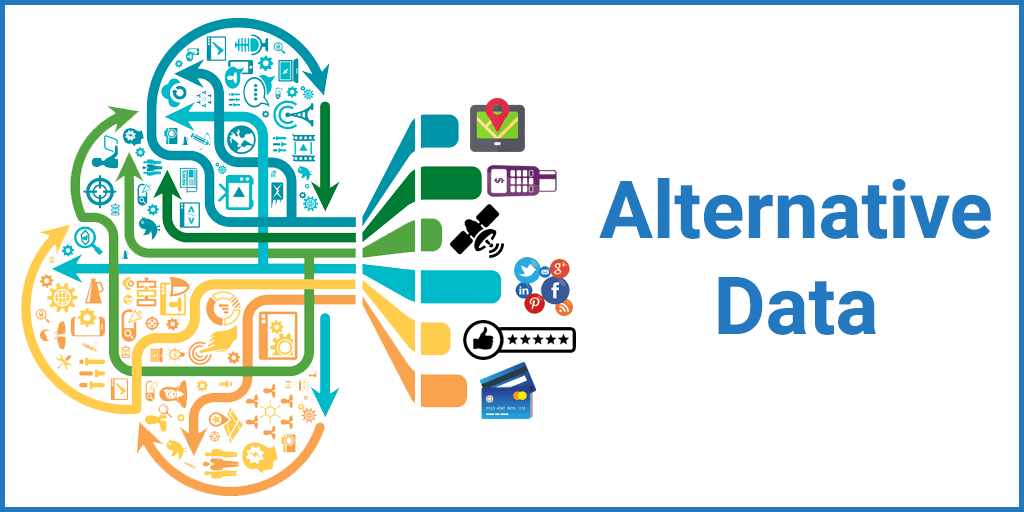In the quick-moving world of online shopping making sure payments are smooth and easy is key to keeping customers and boosting sales embedded payments are becoming a game-changing solution for e-commerce businesses helping to simplify processes and make customers happier, let’s explore how embedded payments can transform your online store and why they are crucial for staying ahead in the competition.
Table of Contents
- What Are Embedded Payments?
- Benefits of Embedded Payments for E-Commerce Stores
- How Embedded Payments Work
- Key Features of Embedded Payments
- Top Payment Providers Offering Embedded Payment Solutions
- How to Integrate Embedded Payments into Your E-Commerce Store
- Challenges of Embedded Payments
- The Future of Embedded Payments in E-Commerce
- Conclusion
- FAQs
What Are Embedded Payments?
Embedded payments allow you to handle payments directly within your online store or service so customers do not have to go to another website to pay, It’s like making the payment process a natural part of your store’s system.
Benefits of Embedded Payments for E-Commerce Stores
1. Enhanced User Experience
Embedded payments ensure that customers stay within your platform during the entire transaction process resulting in fewer interruptions and a smoother experience.
2. Faster Checkout Process
Time is money, especially in e-commerce. Embedded payments reduce the number of steps required to complete a purchase, minimizing the risk of cart abandonment.
3. Improved Brand Loyalty
A seamless payment experience builds trust and encourages repeat business when customers associate your store with convenience, they are more likely to return.
4. Increased Conversion Rates
By simplifying the payment process you can reduce friction and increase the likelihood of customers completing their purchases.
5. Better Data Insights
Embedded payment systems often provide valuable analytics allowing you to track customer behavior and optimize your store’s performance.
How Embedded Payments Work
Embedded payments use APIs (Application Programming Interfaces) to link your online store with payment systems. Here is an easy explanation:
- API Connection: Your store connects to a payment service using APIs.
- Smooth Checkout: Customers pay directly on your website without being sent to another page.
- Safe Transactions: Payments are encrypted and handled securely behind the scenes.
- Instant Updates: Transactions show up right away in your store’s dashboard.
Key Features of Embedded Payments
1. Multi-Currency Support
Cater to a global audience by enabling payments in multiple currencies.
2. Subscription Management
For stores with subscription services, embedded payments simplify recurring billing.
3. Mobile Optimization
With mobile shopping on the rise, embedded payments ensure a responsive and user-friendly experience.
4. Advanced Security
Fraud detection and encryption are built into most embedded payment systems, ensuring secure transactions.
Top Payment Providers Offering Embedded Payment Solutions
1. Stripe
Known for its developer-friendly API, Stripe is a popular choice for embedding payments seamlessly.
2. PayPal
With its embedded checkout option, PayPal remains a trusted name in online payments.
3. Square
Square offers comprehensive solutions for both online and offline transactions.
4. Adyen
Ideal for large-scale e-commerce businesses, Adyen provides extensive features and global reach.
How to Integrate Embedded Payments into Your E-Commerce Store
- Choose a Payment Provider: Research and select a provider that fits your business needs.
- Set Up API Integration: Work with your development team to implement the payment API.
- Customize the Checkout Experience: Design a user-friendly and visually consistent checkout interface.
- Test Thoroughly: Ensure the payment system works flawlessly across devices and scenarios.
- Go Live: Launch the embedded payment solution and monitor its performance.
Challenges of Embedded Payments
1. Initial Integration Costs
While the long-term benefits outweigh the costs, initial setup can require a significant investment.
2. Compliance and Regulations
Ensure your payment system complies with local and international regulations, such as PCI DSS and GDPR.
3. Technical Expertise
API integration may require specialized knowledge, making it essential to have skilled developers.
The Future of Embedded Payments in E-Commerce
The adoption of embedded payments is set to grow as more businesses recognize its value. Emerging technologies such as AI and blockchain are likely to further enhance payment systems, offering greater personalization, speed, and security.
Conclusion
Embedded payments are not just a helpful feature they are essential for today’s online stores by making the checkout process smoother, removing obstacles, and improving the shopping experience, embedded payments can greatly increase your store’s success and keep customers happy, don’t fall behind; it’s time to add embedded payments and make the most of your store’s capabilities.
FAQs
1. What are the main advantages of embedded payments?
They offer faster checkouts, enhanced user experience, and higher conversion rates.
2. Are embedded payments secure?
Yes, most providers use advanced encryption and fraud detection to ensure secure transactions.
3. Can embedded payments handle recurring subscriptions?
Absolutely. Many systems are designed to manage subscriptions seamlessly.
4. How do I choose the right payment provider?
Consider factors like fees, features, scalability, and compatibility with your platform.
5. Is it expensive to integrate embedded payments?
While initial setup costs can be high, the long-term benefits often justify the investment.







